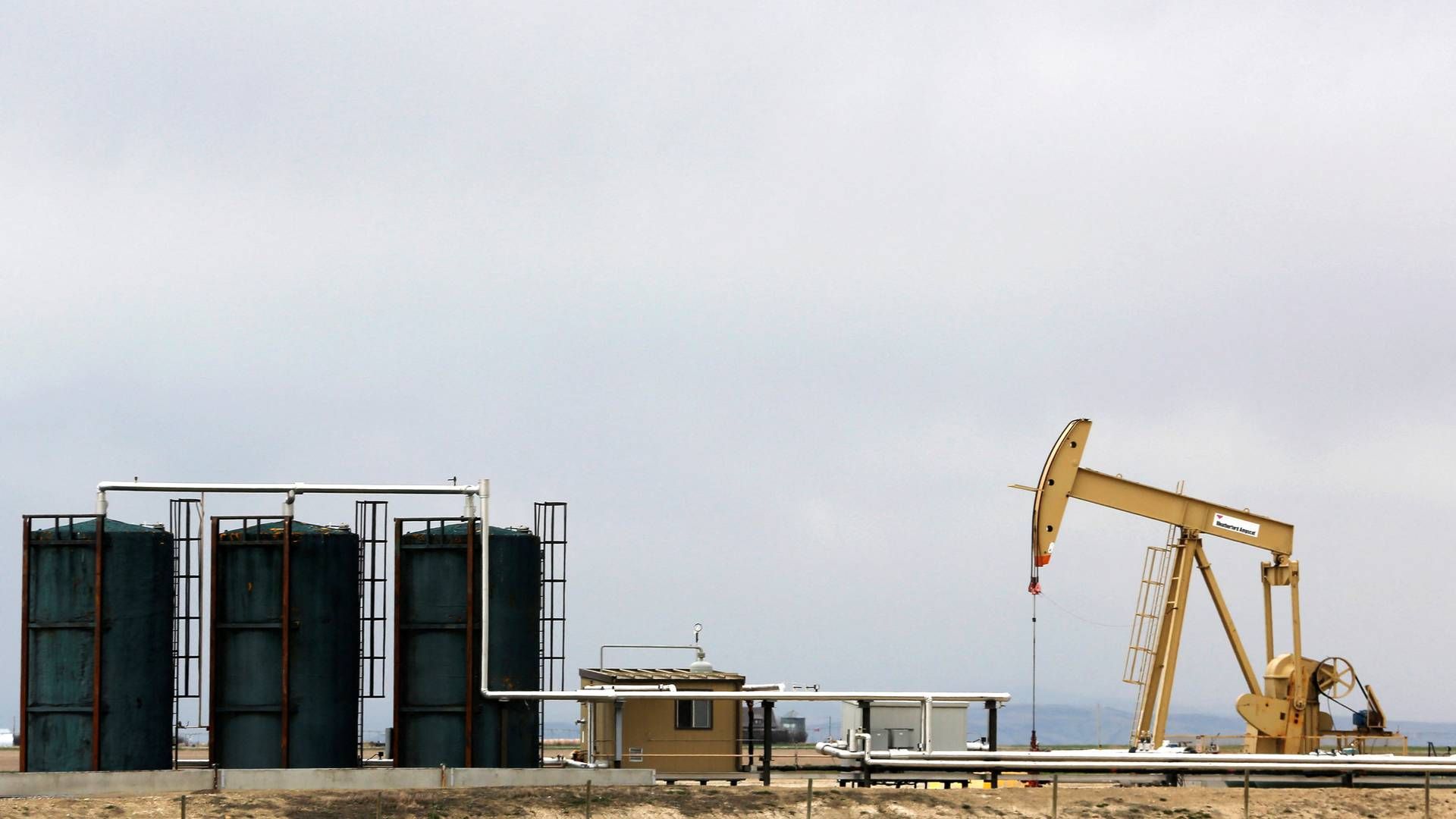Oil prices are affected by the Middle East conflict and production cuts

Oil prices rise slightly on Monday morning after a drop on Friday night as top exporters Saudi Arabia and Russia announce that they will stick to additional voluntary oil production cuts until the end of the year.
This limits oil supply while investors are keeping an eye on tougher US sanctions against Iranian oil.
A barrel of the European reference oil, Brent, costs USD 85.27 on Monday morning, compared to USD 85.15 overnight Monday, but USD 86.23 on Friday afternoon. At the same time, US WTI oil was trading at USD 80.97 compared to USD 80.86 on Monday night. On Friday afternoon, a barrel cost USD 81.87.
According to Reuters, Saudi Arabia confirms that it will maintain its voluntary oil production cuts of 1 million barrels per day in December, keeping daily production at around 9 million barrels.
Russia will also continue its voluntary oil production cut of 300,000 barrels per day.
Both European and US benchmark oil fell for the second week in a row last week as the increases due to increased geopolitical tension dissipated after US diplomats met with regional leaders to limit an escalation of the current conflict in the Middle East.
Overall, oil prices fell 6% last week.
This week, investors will keep an eye on economic data from China after the country released disappointing factory activity data last week.
On Friday, the US House of Representatives passed a bill to impose tougher sanctions on Iranian oil exports in the form of measures against foreign ports and refineries that process oil exported from Iran.
Analysts are still keeping an eye on whether the potential law could affect Iran’s oil exports. However, sanctions like these will usually come with exceptions and China can still import Iranian oil.
In the US, the number of drilling rigs fell by 8 to 496 last week, which is the lowest since January 2022, Baker Hughes said on Friday in its weekly report.




















.jpg&w=384&q=75)

